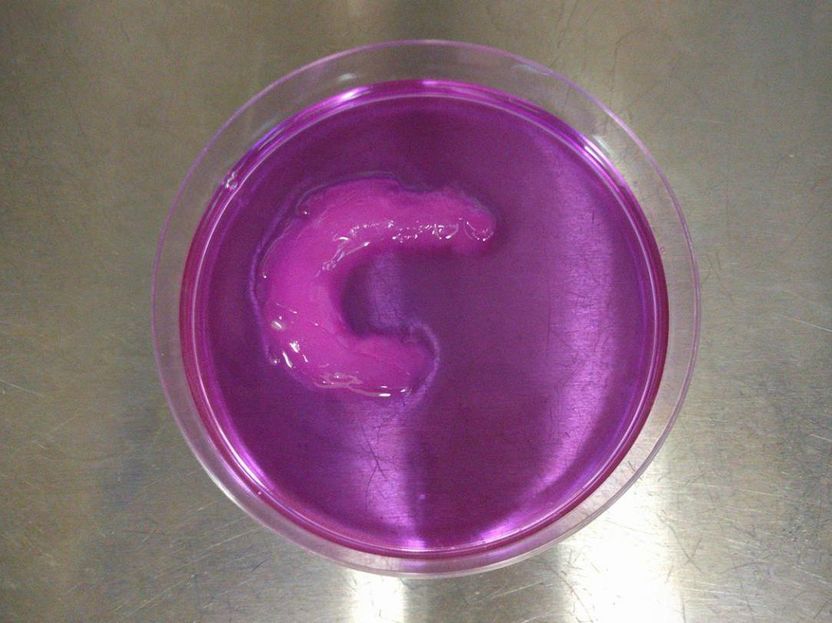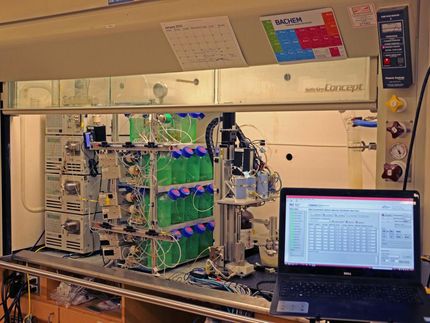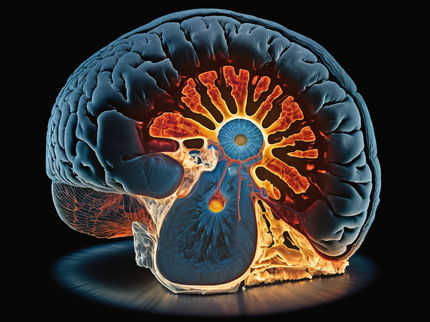Breaching the blood-brain barrier to create powerful new tools for fighting cancer
Researchers at Rensselaer Polytechnic Institute are developing new technology for pushing drugs through the blood-brain barrier, directly targeting brain tumors
One of the human body's most powerful defensive tools, the blood-brain barrier is a chemical labyrinth that prevents toxins and viruses in the bloodstream from reaching the brain. This foolproof security system, however, limits the ability of physicians to deliver drugs directly to the brain, making it difficult to treat brain tumors. Researchers at Rensselaer Polytechnic Institute are endeavoring to solve this problem by investigating new methods for bypassing the blood-brain barrier and combating the spread of brain cancer.
The research team, led by Pankaj Karande, assistant professor in the Department of Chemical and Biological Engineering, is particularly interested in developing treatments for diffuse malignant glioma, a lethal type of brain cancer for which there is currently no cure. He recently won a $100,000 grant from the Goldhirsh Foundation to further his study into this important topic.
"There are a number of good drugs available for treating glioma, but our problem is that getting any drug into the brain is a huge challenge," Karande said. "Nature designed the blood-brain barrier to protect us from harm, and it's very good at its job. When you attempt to treat patients with brain ailments, the blood-brain barrier recognizes most drugs as foreign molecules and keeps them out. We're trying to develop a method to elegantly, safely, and reproducibly open up the blood-brain barrier, so we can introduce drugs into the brain."
The blood-brain barrier is made up of protein-lined cells, which are layered together not unlike Velcro, Karande said. Generally, the only molecules that can pass through the barrier are certain nutrients and essential vitamins. His team is looking for a chemical "wedge" to pry a hole between layers, just large enough for drug molecules to breach the barrier and enter the brain. The hole would only stay open for a very short time, and then repair itself, thus posing very little risk of damage to the brain in the long term.
Using a combination of computer simulations, in-vitro modeling, molecular modeling, and microarray technology, the research team is designing new peptides – short chains of amino acids – that can serve as the needed "chemical wedge."
"Currently, the best therapy for brain surgery involves removing the part of the brain that is malignant or tumorous. In the case of diffuse glioma, however, the cancer is so widespread that you can't remove it – you'd have to remove, effectively, the entire brain," Karande said. "If we are successful in breaching the blood-brain barrier and delivering drugs straight to the brain, it could have a tremendous impact in the fight against cancer, as well as other chronic conditions such as Alzheimer's disease, Parkinson's disease, epilepsy, and traumatic brain injury."
Another research thrust of Karande's is looking at non-invasive methods of delivering drugs and vaccines through the skin and into the bloodstream. The idea is for health care workers and diabetics to use small patches that can be directly applied to the skin, rather than piercing the skin with needles. Key findings of this study were published in 2004 in the journal Nature Biotechnology, and described a new method for using chemicals to make molecular-sized holes in skin through which drug molecules can travel. The method is safe and caused no inflammation, irritation, or long-term damage.
Karande said skin protects our bodies in a way that's similar to how the blood-brain barrier protects our brains. Both are extremely complex and effective systems for safeguarding what's inside.
"We have learned a lot about how to breach these biological barriers safely and effectively, so we can apply some of the principles we learned from opening up the skin to opening up the blood-brain barrier and going into the brain," Karande said. "We are taking nature's own cues. We know how nature forms these barriers, and what is necessary to form the junctions of the barriers, so we are using this understanding to figure out what is needed to break these junctions."
Karande joined the Rensselaer faculty in 2008, following his prestigious Anna Fuller post-doctoral fellowship in molecular oncology at the Massachusetts Institute of Technology (MIT) Center for Cancer Research. He earned his doctoral degree in chemical engineering from the University of California, Santa Barbara.
Most read news
Topics
Organizations
Other news from the department science

Get the life science industry in your inbox
By submitting this form you agree that LUMITOS AG will send you the newsletter(s) selected above by email. Your data will not be passed on to third parties. Your data will be stored and processed in accordance with our data protection regulations. LUMITOS may contact you by email for the purpose of advertising or market and opinion surveys. You can revoke your consent at any time without giving reasons to LUMITOS AG, Ernst-Augustin-Str. 2, 12489 Berlin, Germany or by e-mail at revoke@lumitos.com with effect for the future. In addition, each email contains a link to unsubscribe from the corresponding newsletter.
Most read news
More news from our other portals
Last viewed contents
Beckman Coulter, Inc. Obtains CLIA Certificate, Licensure for Clinical Sequencing
ArGEN-X appoints Dr Debbie Allen as Senior Director Business Development

Ultrasound aligns living cells in bioprinted tissues
DKSH extends partnership with LAUDA to Singapore and Taiwan
Prosonix Appoints New Scientific Advisory Board

New research sheds light on neuronal communication























































